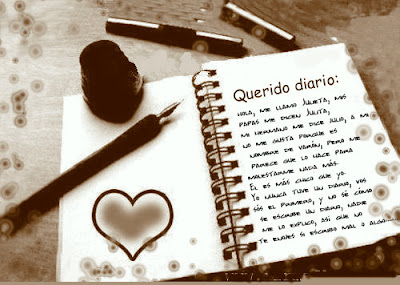- Observa el vídeo sobre los elementos del cómic.
1º.- Haz un breve resumen con cada uno de ellos: viñetas, globos o bocadillos, recursos tipográficos, etc.
2º.- Escribe aquellas palabras desconocidas que te dificulten la comprensión y busca su significado en el diccionario .
3º.-Vuelve a ver el vídeo cuantas veces sea necesario, hasta que hayas asimilado su contenido.












